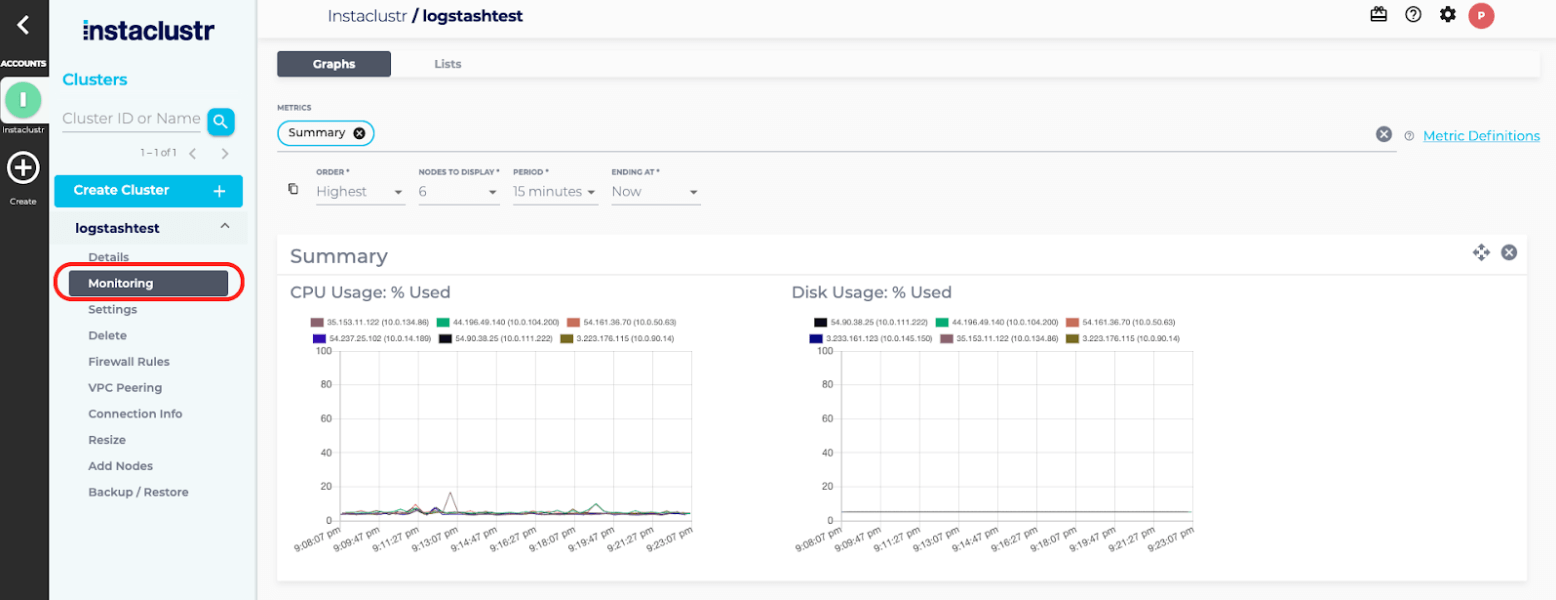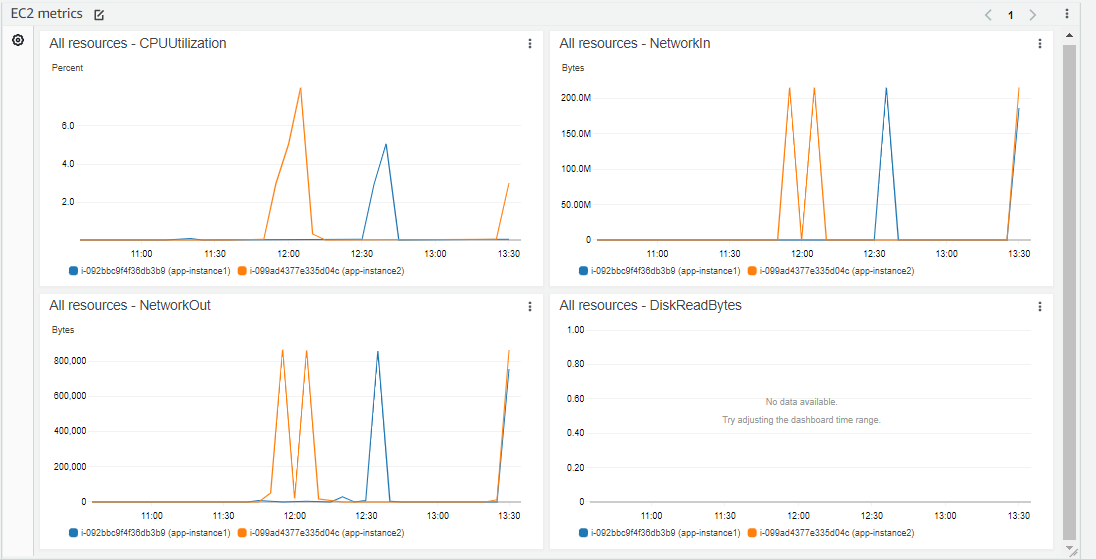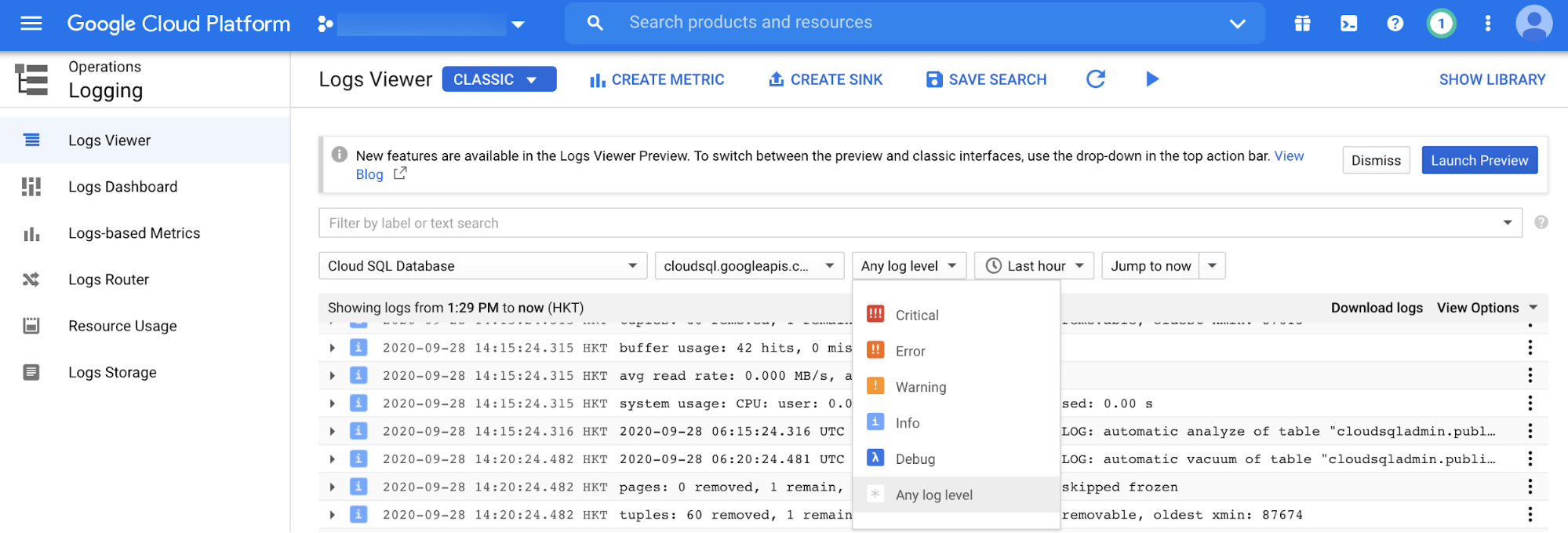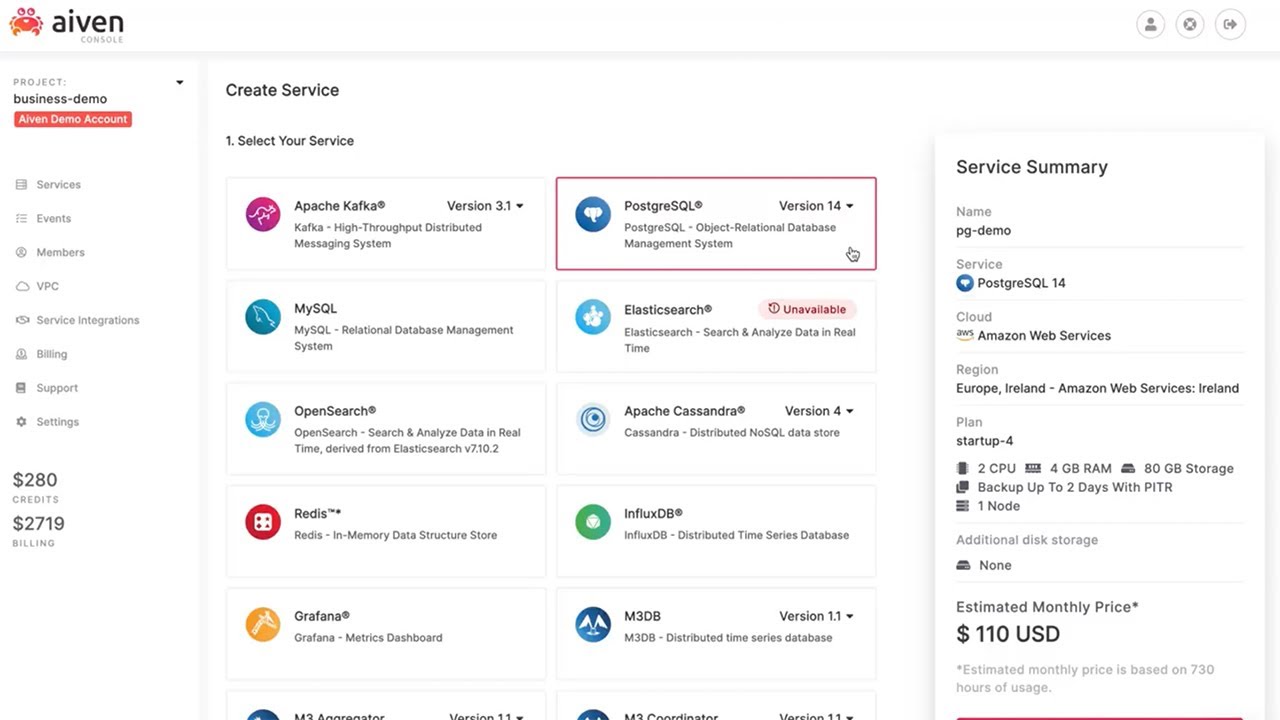What Is managed PostgreSQL?
Managed PostgreSQL options refer to cloud-based services that handle the administration and maintenance of PostgreSQL databases, freeing users from the complexities of database management. These services automate tasks like setup, backups, security, and scaling, allowing users to focus on their applications and business logic.
Users interact with a database endpoint and control settings through a web interface or API, while the provider takes care of patching, scaling, and infrastructure health. This model aims to reduce operational overhead so development teams can focus on application logic rather than database management tasks.
Key features of managed PostgreSQL providers
Here are some of the main capabilities typically offered by various managed PostreSQL options.
High availability
High availability (HA) in managed PostgreSQL services is achieved through automated failover, redundant replicas, and multi-zone deployments. Providers typically run standby instances in different availability zones or even regions, so that if the primary node goes offline, a standby can rapidly take over. This minimizes downtime and allows applications to remain connected to the database.
Related content: Learn more in our detailed guide to PostgreSQL high availability
Disaster recovery
Disaster recovery (DR) extends high availability with strategies to recover from major incidents, such as data corruption or accidental deletion. Managed PostgreSQL providers enable point-in-time recovery, letting users restore the database to any previous state within a specified retention period. Many vendors offer geographic replication, ensuring data durability.
Automated backups
Automated backups in managed PostgreSQL environments provide continuous data protection by regularly capturing full or incremental database snapshots. Most providers schedule daily, incremental, or on-demand backups, storing them in secure, redundant cloud storage. Backup retention policies, configurable by users, control how long past snapshots are kept. Restoration is often available from the provider’s dashboard or API.
Monitoring
Monitoring capabilities allow users to observe database health and performance through real-time and historical metrics. Managed PostgreSQL providers offer dashboards and alerting on metrics such as CPU utilization, disk I/O, slow queries, and connection counts. This visibility helps identify bottlenecks and unusual behavior early, so teams can address issues before they impact application performance or reliability.
Performance management
Performance management often includes automatic tuning of common PostgreSQL parameters, pre-configured workload-optimized settings, and tools for query analysis. Providers may offer recommendations for index optimization or resource resizing. With these managed capabilities, organizations can maintain consistent database performance without employing dedicated database administrators.
Related content: Learn more in our detailed guide to PostgreSQL performance
Extension support
PostgreSQL is extensible, with hundreds of extensions available for improved analytics, geospatial support, or cryptography. Managed PostgreSQL providers typically allow customers to enable a range of core and third-party extensions from their control panel. Organizations can add features like PostGIS for geospatial queries or pg_partman for partition management without altering their core database deployment.
However, extension support varies by provider; some restrict certain extensions for stability or security reasons. Managed services often validate and test extensions in their environments to ensure compatibility and prevent disruptions during upgrades.
Notable managed PostgreSQL options
1. NetApp Instaclustr

Instaclustr for PostgreSQL: Your trusted database solution
Instaclustr for PostgreSQL provides a fully managed, scalable, and highly reliable database solution, designed to simplify data management. With automated maintenance, easy scaling, and robust monitoring, Instaclustr ensures high performance for PostgreSQL, enabling organizations to focus on building exceptional applications without the stress of infrastructure management.
Managing PostgreSQL can often be complex and time-consuming. Instaclustr is here to simplify your database management while delivering enterprise-grade stability and performance.
Key features include:
- Open source freedom: Break free from vendor lock-in with NetApp Instaclustr’s commitment to open source technology. Retain full control of your infrastructure and innovate with agility, without being tied to proprietary extensions.
- Fully managed service: Includes everything from setup and maintenance to scaling and upgrades, so organizations can focus on business goals.
- High availability: Performs automatic backups and disaster recovery processes that includes multi-region deployments to ensure data is always accessible and secure.
- Advanced security features: Includes data encryption in transit and at rest, alongside fine-grained access control options, so information is always protected.
- Effortless scaling: Handles workload spikes and growing datasets effortlessly.
- Flexibility: Provides choice for on-prem, public and private cloud, or a hybrid mix based on application requirements and business objectives.
- AI use cases: Enables the use of pgvector to enhance similarity search experience improving speed and accuracy for AI queries.

Source: NetApp Instaclustr
2. Amazon RDS for PostgreSQL

Amazon RDS for PostgreSQL is a managed service that simplifies the deployment and operation of PostgreSQL databases in the cloud. It automates common administrative tasks such as installation, patching, backups, and replication. Developers can launch production-ready PostgreSQL instances using the AWS Management Console.
Key features include:
- Managed provisioning and upgrades: Deploys PostgreSQL instances with preconfigured settings and automated software patching.
- High availability: Supports Multi-AZ deployments with automatic failover.
- Scalable storage: Offers SSD-backed storage with General Purpose and Provisioned IOPS options.
- Automated backups: Provides point-in-time recovery within a retention window of up to 35 days; also supports manual backups.
- Read replicas: Allows scaling read-heavy workloads using Amazon RDS Read Replicas.

Source: Amazon
3. Azure Database for PostgreSQL
Azure Database for PostgreSQL is a managed cloud service that enables developers to run PostgreSQL workloads with AI capabilities and automated maintenance. It supports application development with tools for generative AI, machine learning, and performance tuning.
Key features include:
- AI and vector search: Offers native vector search, in-database embeddings, and Azure AI extensions to build generative AI and ML-driven applications.
- Autonomous performance tuning: Uses machine learning algorithms for query optimization and workload tuning.
- Distributed PostgreSQL support: Scales horizontally across elastic clusters to handle high-throughput and large-scale workloads.
- Familiar tools and extensions: Supports PostgreSQL features like JSONB, PostGIS, PLV8, and integrates with popular languages and frameworks such as Python, Ruby on Rails, Java, and Node.js.
- High availability and elastic scaling: Provides automated patching, updates, and the ability to scale compute and storage independently.

Source: Microsoft
4. Google Cloud SQL for PostgreSQL
Google Cloud SQL for PostgreSQL is a managed database service that simplifies the deployment, operation, and scaling of PostgreSQL in the cloud. It provides AI capabilities with Gemini, automates maintenance, improves security, and integrates with Google Cloud services such as BigQuery, GKE, and Cloud Run.
Key features include:
- PostgreSQL compatibility: Supports major PostgreSQL versions, database flags, and extensions like pgvector, PostGIS, and PL/pgSQL.
- Integrated AI and analytics: Uses Vertex AI, LangChain, and LLMs to enable AI-powered queries.
- Database observability: Monitors performance via Cloud SQL Insights, pre-built dashboards, query tags, and OpenTelemetry.
- Automated maintenance: Delivers updates with under 10 seconds of planned downtime; users can control scheduling with postponement and deny-period settings.
- High performance and security: Helps improve write throughput, providing automatic encryption at rest and in transit.

Source: Google
5. Aiven for PostgreSQL

Aiven for PostgreSQL is a managed PostgreSQL service that runs on all major clouds, including AWS, Google Cloud, and Azure. It simplifies database deployment, operations, and scaling through automation and is built with open source technologies.
Key features include:
- Fast provisioning: Launches production-ready PostgreSQL instances via a web interface, CLI, or infrastructure-as-code tools like Terraform and Kubernetes.
- Performance optimization: Offers an AI Database Optimizer to provide automated indexing suggestions and SQL rewrite recommendations.
- High availability: Offers 99.99% uptime with failover support.
- Automatic maintenance: Handle updates and upgrades.
- Extension support: Offers access to over 70 PostgreSQL extensions, including PostGIS.

Source: Aiven
Considerations for choosing managed PostgreSQL providers
Choosing the right managed PostgreSQL provider involves evaluating a mix of technical capabilities, operational needs, and long-term strategic fit. Here are some key factors to consider when selecting a managed PostgreSQL solution:
- Performance and scalability: Assess how well the provider supports scaling—both vertically (CPU/RAM) and horizontally (read replicas or distributed systems). Check for IOPS limits, storage throughput, and support for large-scale workloads.
- Extension and version support: Confirm the availability of required PostgreSQL versions and extensions. Some providers restrict non-core extensions or delay version updates, which may impact application compatibility or features.
- Security and compliance: Look for built-in encryption (at rest and in transit), network isolation (e.g., VPCs), IAM integration, and support for compliance standards like HIPAA, GDPR, or SOC 2, depending on the company’s regulatory needs.
- Monitoring and observability: Ensure the provider offers detailed monitoring tools, metrics, and integrations with observability platforms (e.g., Prometheus, OpenTelemetry). Access to logs and query plans is also important for debugging and optimization.
- Disaster recovery and backup policies: Evaluate RPO (Recovery Point Objective) and RTO (Recovery Time Objective), point-in-time recovery options, and backup retention settings. Verify how easy it is to restore or clone instances.
- Pricing and cost management: Understand the billing model—whether pricing is resource-based, usage-based, or includes charges for backups, data transfer, or replication. Check for cost optimization features like auto-scaling or idle instance pausing.
- Ecosystem integration: Consider how well the database integrates with the cloud provider’s services or third-party tools, such as CI/CD pipelines, data warehouses, or AI/ML platforms.
- Support and SLAs: Review support availability (24/7, business hours), escalation procedures, and service-level agreements (e.g., uptime guarantees). Enterprise support plans may include dedicated account managers or architectural guidance.
Conclusion
Managed PostgreSQL services offer a practical way to reduce operational complexity while ensuring scalability, reliability, and security for production databases. By offloading routine maintenance and infrastructure management to cloud providers, organizations can focus more on application development and innovation. Careful evaluation of performance, cost, compliance, and feature support is essential to align the chosen solution with specific technical and business requirements.